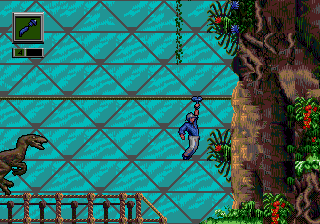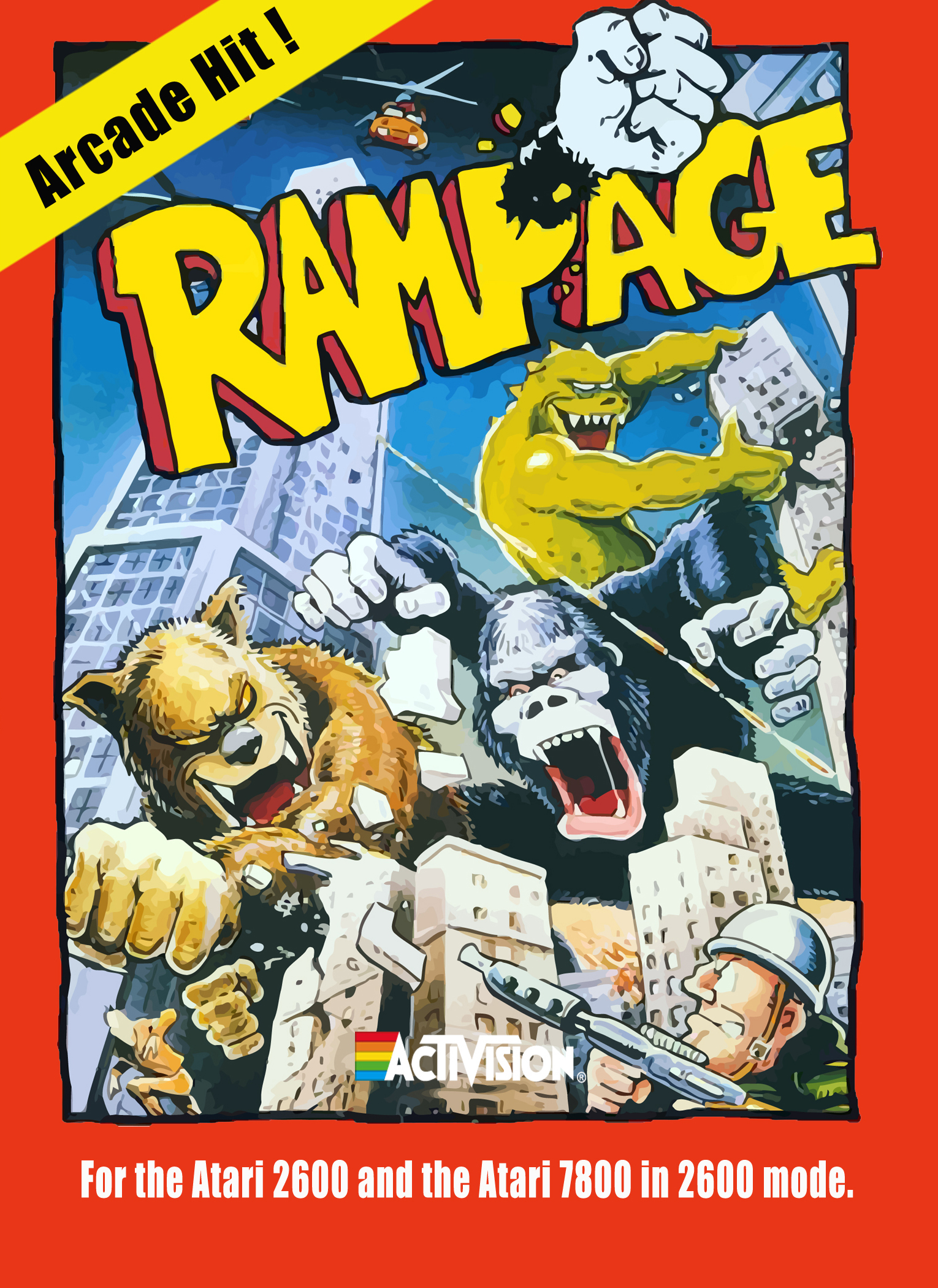

In addition to its hardware and games, the Genesis was known for its marketing campaign, which famously pitted it against the NES with the slogan "Genesis does what Nintendon't." This campaign helped to establish the Genesis as a serious contender in the video game console market and helped to set it apart from its competitors. The Genesis also saw a number of popular sports games, including the Madden NFL and NHL series. Some of the most popular games for the console included Sonic the Hedgehog, Phantasy Star IV, and Streets of Rage 2. One of the key factors that helped the Genesis gain popularity was its library of games. The console also featured a unique "blast processing" technology that allowed games to run at faster speeds and with smoother scrolling. The Genesis was known for its powerful hardware at the time, which featured a Motorola 68000 CPU running at 7.67 MHz and a custom graphics processing unit (GPU) that allowed for more detailed and colorful graphics than the NES. It was Sega's second home console and was designed to compete with Nintendo's popular 8-bit NES console.

With seven distinct versions, it also has the largest number of licensed versions of any console.The Sega Genesis, also known as the Mega Drive outside of North America, is a 16-bit video game console released by Sega in 1988. The Genesis also supported a number of add-on components (32X, CD, Power Base Converter), making it one of the most flexible systems ever developed.

The Genesis could do things that the NES simply couldn't. Sega also focused attention on its better graphics, speed, and sound, especially after the release of Sonic. Sega marketed the Genesis as hip, cool, and edgy. These efforts were often successful, Nintendo Exclusivity Clause not-withstanding. In addition to porting over popular coin-op games, Sega executives worked hard to lure developers away from Nintendo. The Genesis was developed with the American market and consumer in mind. They are even available for download on the Nintendo Wii Virtual Console. Genesis games are re-released even today as part of collector's editions for the PS2, PSP, and other systems. Games continued to be released internationally as recently as 2002. It was the first successful 16-bit system, with a 14-year lifespan second only to the Nintendo Game Boy. It also inaugurated the Console Wars of the 1990s. Released in 1989, the Sega Genesis heralded the coming of the 16-bit era.


 0 kommentar(er)
0 kommentar(er)
